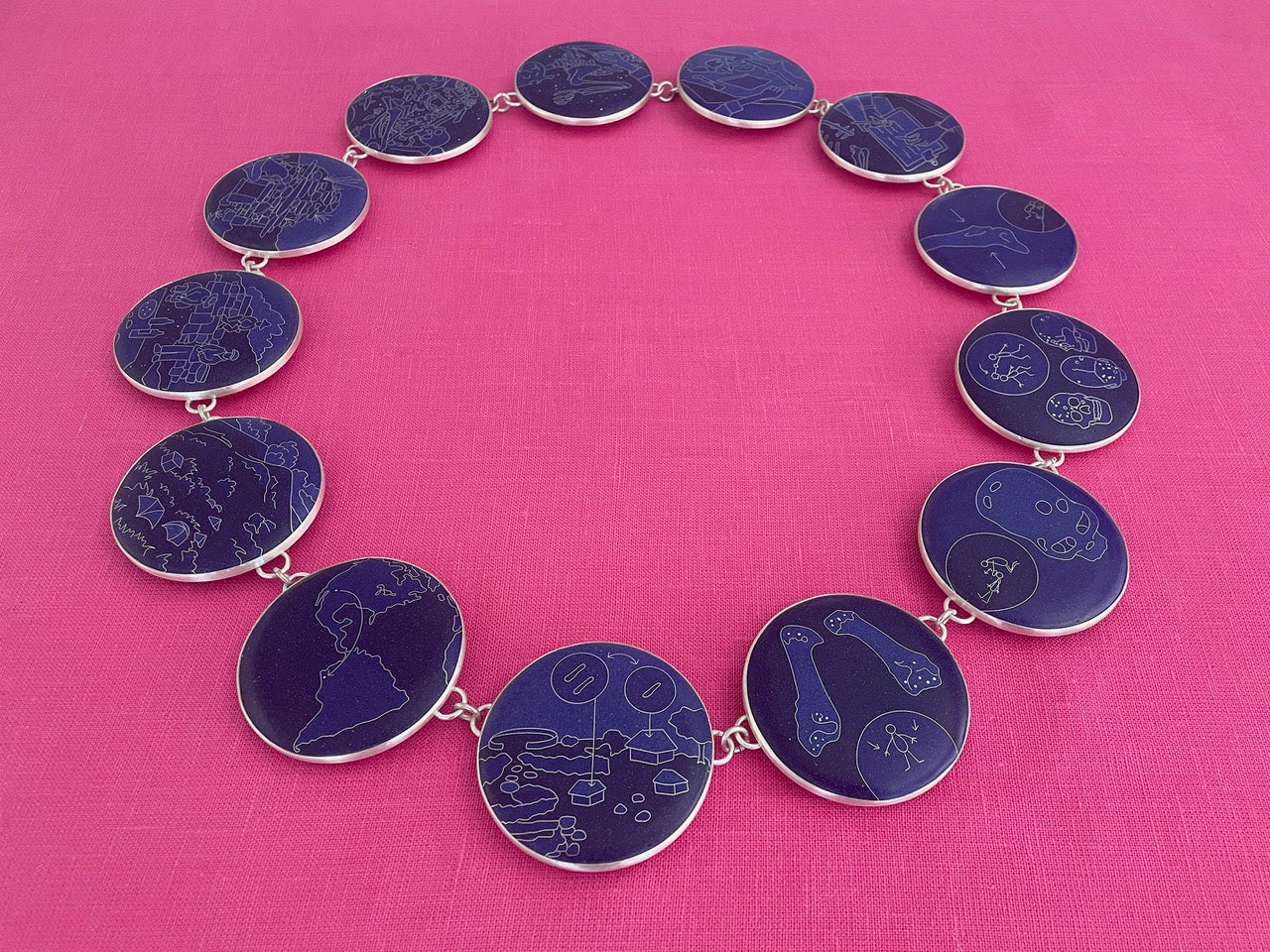Colloquium: "Communicating bioarchaeological research through artistic representation"

Event description
- Academic events
You're invited to join the School of Human Evolution and Social Change for a for a special colloquium, presented in conjunction with the latest exhibit to be on display in the school's Innovation Gallery.
The talk will be followed by an opening reception to celebrate the new exhibit, “Message in a Bottle.” This companion exhibit features artwork by Mary K. Lucking, inspired by the research of Anne R. Titelbaum – bioarchaeologist and featured speaker for the talk.
About the talk:
Communicating research to the public is an important part of the scientific process. Sharing bioarchaeological discoveries with non-scientists helps the community understand what we do and how we do it, promotes science and STEM education, fosters community engagement, creates advocates for our discipline and conveys information that is often behind academic or publisher paywalls. That said, one of the major challenges of speaking to non-scientist audiences is communicating in a manner that is approachable and free from technical jargon. A way to do this is through artistic representation. At the Phoenix Bioscience Core, an Artist + Researcher (ARx) program pairs scientists with professional artists to collaborate on translational pieces of art. Upon completion, the public is invited to view the resulting work, where teams of researchers and artists use the artwork to educate the public about the research and the art.
This presentation will explain the ARx program, describe the experience of participating on an ARx team, and discuss the outcomes from the process. Moreover, it will showcase the translation of bioarchaeological research in the Peruvian Andes into a suite of cloisonné jewelry that pays homage to Moche metalwork, illustrates the process of conducting excavation and skeletal analysis in the Andes, and communicates paleopathological findings such as traumatic injuries, trepanation, and developmental conditions. Participating in this form of collaboration gives scientists an opportunity to enhance their ability to describe their research in clear language, while the artistic renderings engage the viewers and provide a foundation for discussion.
About the speakers and artist:
Anne Titelbaum is a biological anthropologist who specializes in human skeletal anatomy, paleopathology, and bioarchaeology. She is currently an Associate Professor at the University of Arizona College of Medicine-Phoenix, where she teaches dissection-based clinical gross anatomy to first-year medical students. Her primary research area is Andean South America, with a focus on archaeological populations of coastal and highland Peru. She has participated in a number of archaeological projects in Peru, including the Proyecto Arqueológico Huaca de La Luna, the Huaca Prieta Archaeological Project, the Proyecto Arqueológico Complejo El Brujo, and the Proyecto Arqueológico Huari-Ancash. Her research interests include musculoskeletal stress, ancient disease, developmental conditions, traumatic injury, trepanation, and mortuary practices. She has served as Treasurer and Board Member for the Paleopathology Association and is currently an Associate Editor for the International Journal of Paleopathology.
Mary Lucking works primarily as a public artist, creating artworks that help people explore and understand the environments and communities where they live. Her work ranges from large-scale, permanent artworks to temporary interactive installations, and includes art incorporated into walking trails, transit stations, and neighborhood parks. She also maintains a private studio practice where she can work with media and themes that don’t fit well into the structure of public art: small-scale work inspired by philosophical questions and emotional tensions. Her studio art is based in cloisonné—a meticulous craft where multiple layers of vitreous enamel are melted into finely-wrought wire designs.

